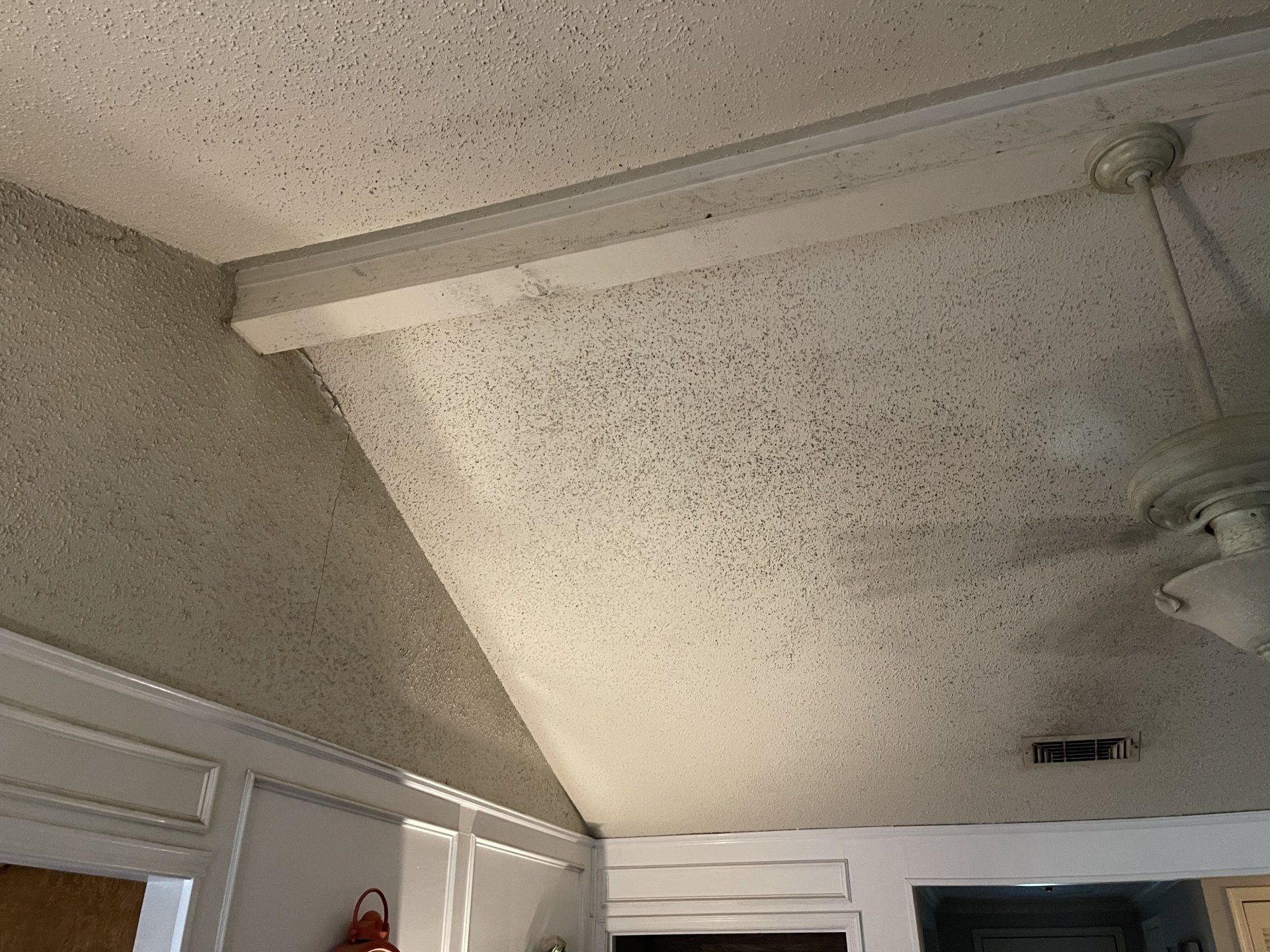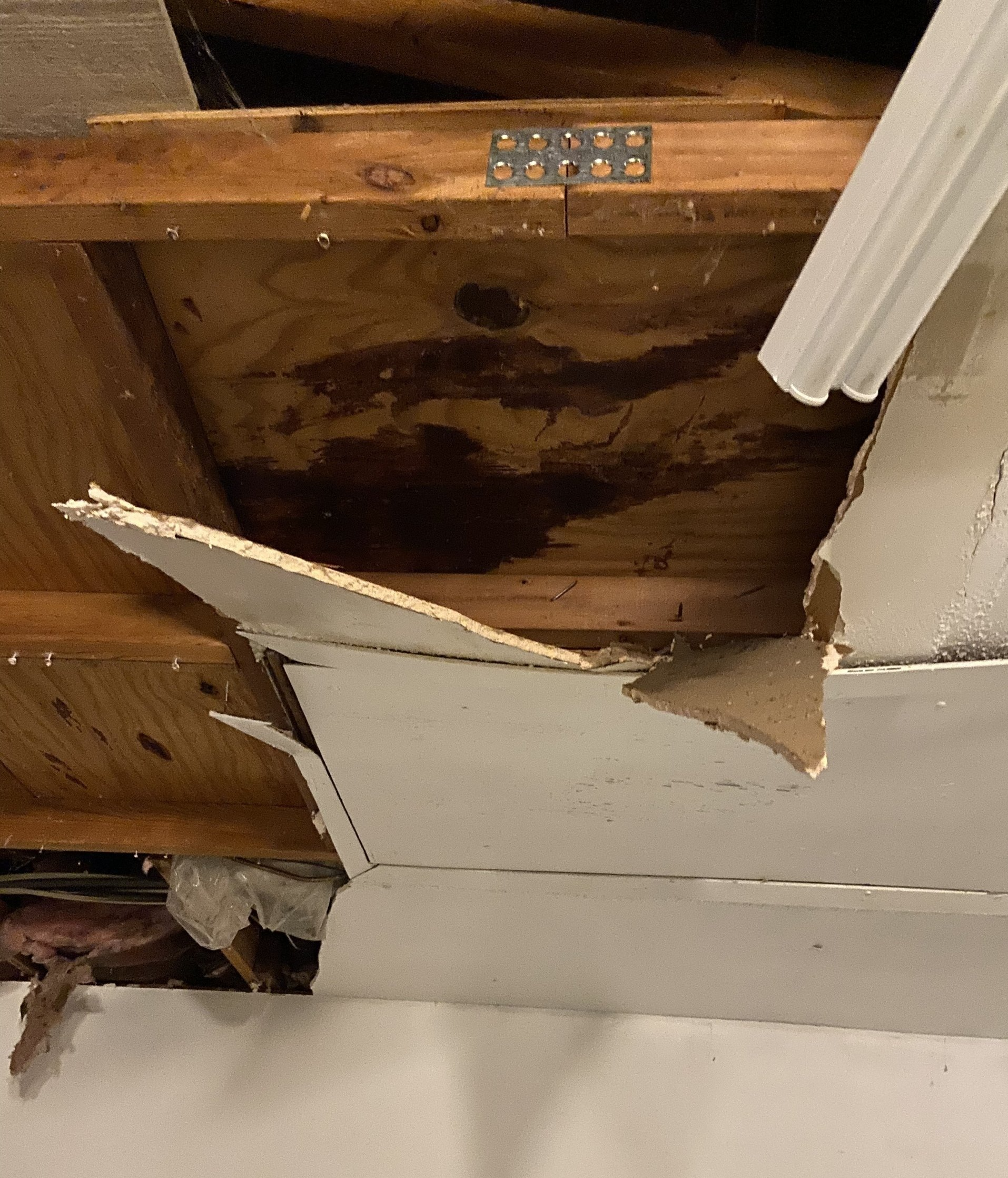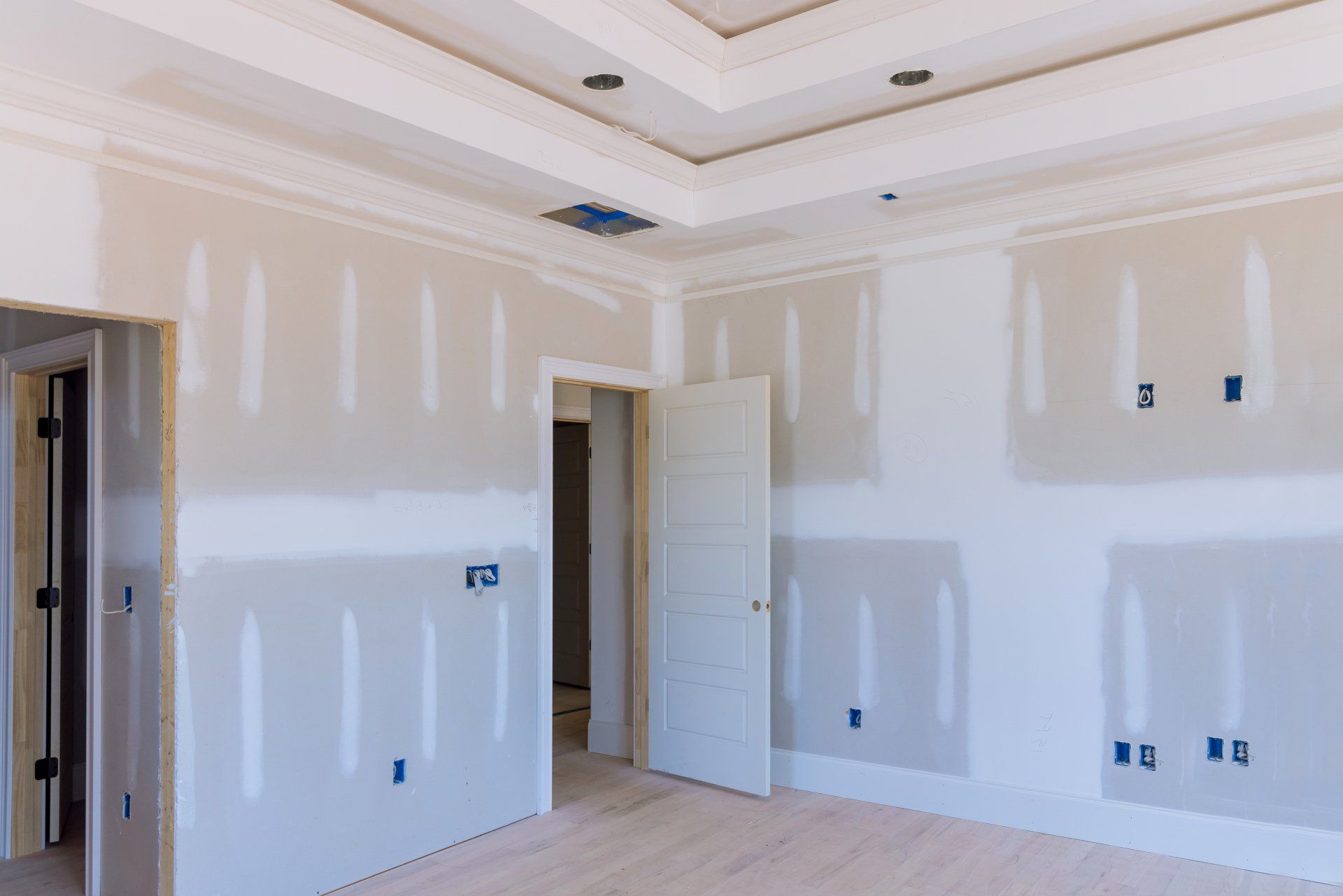DIY Drywall Hole Repair: Quick Fixes for a Flawless Wall
Essential Tips for Dry Wall Repair and Services for Home in Dallas, TX
Drywall holes are an inevitable part of home maintenance. Whether you’ve accidentally knocked into a wall or your home has been through some wear and tear, knowing how to perform a proper drywall hole repair can save you time and money. This guide will walk you through simple steps to fix drywall holes yourself, whether you’re dealing with small dings or large damage. Using the right materials and techniques, you can restore your walls to their original smooth finish and get them ready for a fresh coat of paint.
From choosing the right drywall contractor near me to learning the basics of drywall tape and drywall fix techniques, this guide covers everything you need to know about drywall repair.

1. Understanding the Basics of Drywall
Before diving into drywall hole repair, it's essential to understand the material you are working with. Dry wall (also known as wallboard or plasterboard) is a construction material used for interior walls and ceilings. Made of gypsum plaster between two thick sheets of paper, drywall is a relatively soft material, making it easy to damage and, luckily, easy to repair. Drywall installation is common in most homes today, and with its widespread use, knowing how to fix it becomes a crucial skill.
If you ever feel uncertain about your ability to repair drywall, hiring a drywall contractor dallas tx might be the best option. However, if you're ready to try some DIY fixes, this guide will provide the knowledge you need.
2. Types of Drywall Damage
Understanding the types of drywall damage helps determine the correct drywall repair approach. Here's a breakdown of common types:
- Small Holes (Nail Holes, Screws): These minor holes are caused by nails or screws and are the easiest to fix.
- Medium Holes (Door Knobs, Minor Accidents): These are typically 1-2 inches wide, requiring a dry wall patch.
- Large Holes (Significant Damage, Furniture Collisions): Larger holes might require more advanced drywall repair and even assistance from a drywall contractor.
3. Tools and Materials You’ll Need for Drywall Repair
Before starting, gather all necessary tools and materials:
- Drywall patch kits (for medium and large holes)
- Joint compound or spackle
- Drywall tape
- Sandpaper (medium and fine grit)
- Putty knife
- Utility knife
- Dry wall screws (if needed for large hole repair)
- Paint and primer (for finishing touches)
If you are in Dallas, TX, these materials are readily available from any local home improvement store. Alternatively, a quick search for dry wall repair near me will yield options for professionals offering drywall services.
4. Step-by-Step Guide to Repairing Small Holes
Small holes, such as those left by nails or screws, are the easiest to repair. Here's a step-by-step process for a flawless finish:
- Clean the Hole: Use a utility knife to trim any rough edges around the hole.
- Apply Joint Compound: Using a putty knife, apply a thin layer of joint compound or spackle over the hole.
- Smooth the Surface: Feather the edges with the putty knife to blend it into the surrounding wall.
- Let it Dry: Allow the compound to dry according to the manufacturer's instructions.
- Sand the Area: Once dry, sand the area lightly until smooth.
- Prime and Paint: Finish with primer and paint to match the existing wall color.
These steps will leave your wall looking as if it were never damaged in the first place!
5. Fixing Medium Holes with a Drywall Patch
When dealing with medium-sized holes, you’ll need a dry wall patch:
- Prepare the Area: Clean the edges of the hole with a utility knife.
- Attach the Patch: Apply a self-adhesive dry wall patch over the hole.
- Cover with Joint Compound: Spread a layer of joint compound over the patch, feathering the edges.
- Let it Dry and Sand: Allow it to dry completely and sand it smooth.
- Apply a Second Coat: Apply a second layer of joint compound, then sand once dry.
- Prime and Paint: Finally, prime and paint the area for a flawless finish.
6. Repairing Large Drywall Holes
Large drywall holes may require more effort. You might need to install a new piece of drywall, which requires cutting a drywall patch and securing it with drywall screws:
- Cut a New Patch: Use a utility knife to cut a new piece of drywall slightly larger than the hole.
- Secure the Patch: Insert the patch into the hole and secure it with dry wall screws.
- Apply Drywall Tape: Use drywall tape to cover the seams between the new patch and the existing drywall.
- Apply Joint Compound: Apply several layers of joint compound over the tape, sanding between each layer.
- Prime and Paint: Once everything is smooth, prime and paint the area.
If you're unsure about this process, consider calling a drywall contractor near me for professional drywall services.
7. Finishing Your Drywall Repair: Sanding and Painting
Once your drywall repair is complete, sanding the surface ensures it’s smooth and seamless. Use a fine-grit sandpaper to even out the surface, removing any imperfections. After sanding, apply a primer to seal the repaired area and prepare it for painting.
When choosing paint, it's essential to match the existing wall color. Many homeowners in Dallas, TX rely on painting dallas tx services for
professional results. Whether you opt for DIY or hire a contractor dallas tx, a fresh coat of paint will make the drywall repair look flawless.
8. Hiring Professional Drywall Repair Services in Dallas
If you find yourself dealing with significant drywall damage or feel that your DIY repair didn’t turn out quite right, it’s time to consider professional help. Searching for terms like drywall contractor dallas or drywall repair dallas tx will lead you to reputable contractors who can handle everything from drywall installation to complex drywall hole repair.
Professionals can not only save you time but also ensure the repair is done correctly the first time. Whether you need help with a dry wall patch, repair home, or even a full repair wallboard job, drywall contractors in Dallas, TX, offer a wide range of services for home improvements.
9. Maintaining Your Drywall: Prevention and Care
Once you’ve completed the drywall fix, you’ll want to take steps to prevent future damage:
- Use Door Stoppers: To prevent door knobs from creating holes.
- Install Bumpers: On furniture to avoid accidental collisions with walls.
- Regularly Check for Small Holes: Fixing small drywall holes promptly can prevent them from becoming larger issues.
Routine drywall inspection and minor repairs can save you from needing a major drywall repair in the future.
Conclusion
Learning how to perform drywall hole repair is a valuable skill that can save you from unnecessary costs. While small and medium repairs are easy to tackle on your own, larger jobs might require the assistance of a drywall contractor. Whether you’re looking for a drywall contractor dallas tx or searching for drywall repair dallas tx, professional services are always available to help.
By following this guide, you can achieve a flawless drywall fix and maintain the beauty of your home’s interior walls.



